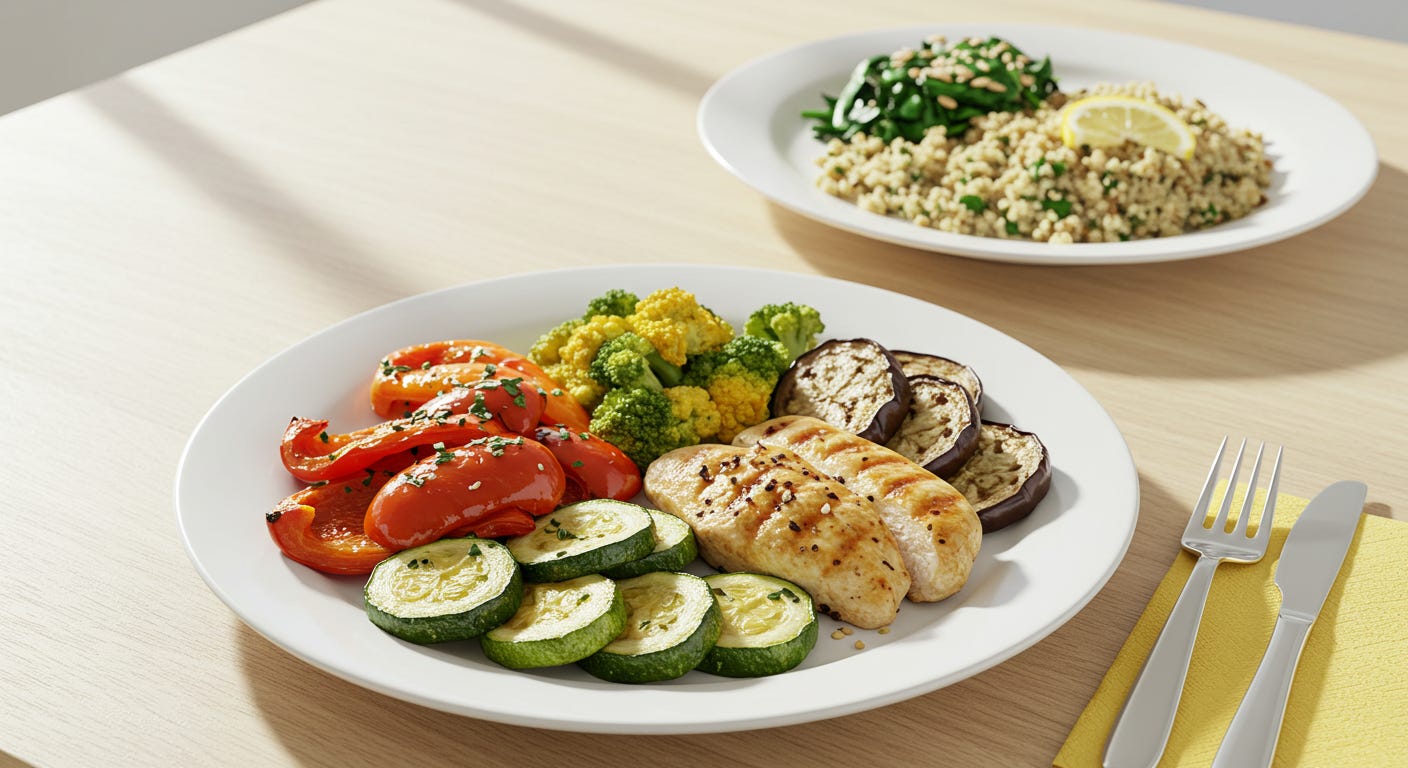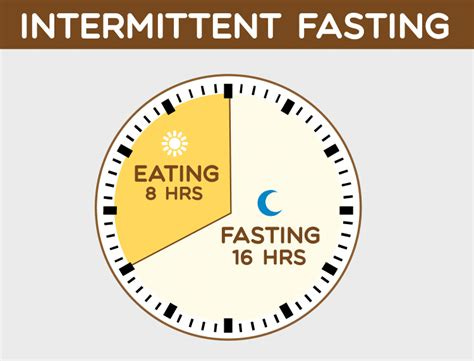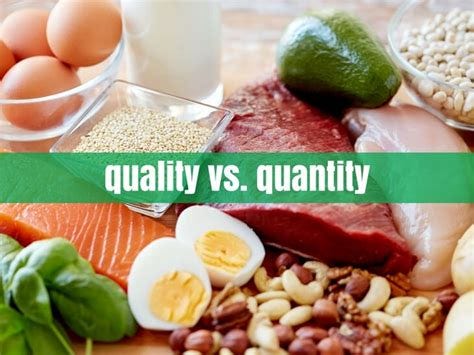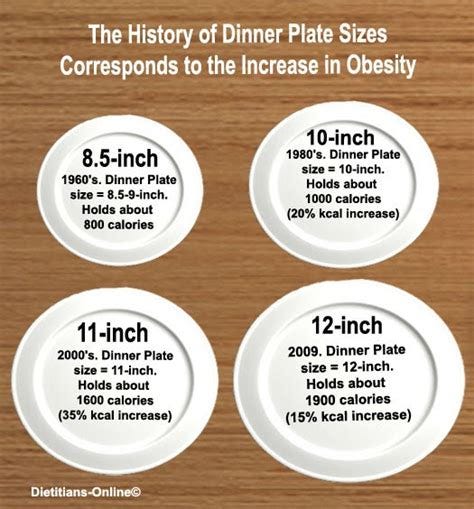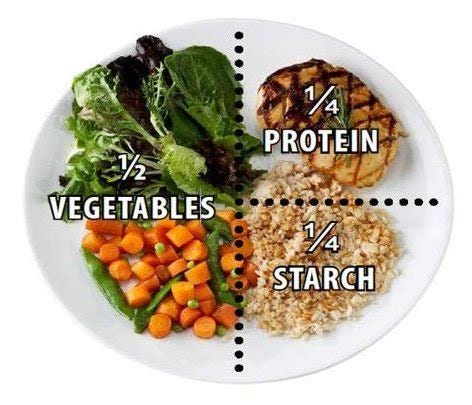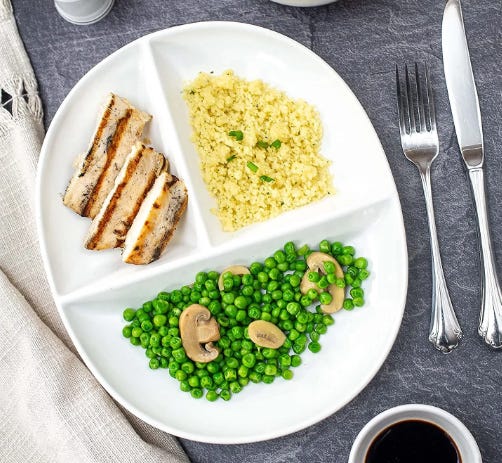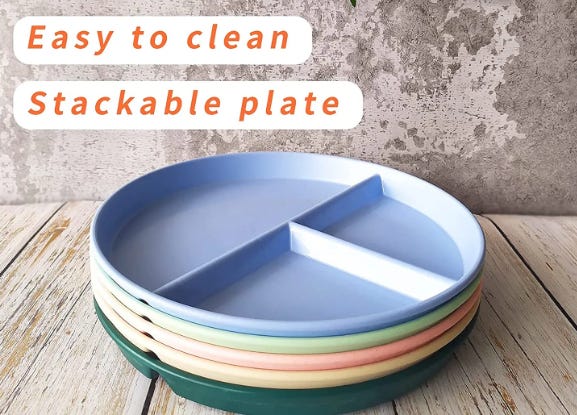It's strange, isn't it? We want to lose weight, but we often hope for a quick and easy way to do it. Yet the reality is that in fixing years of unhealthy habits, we may not be ready for how much work it takes.
It shouldn’t be a surprise that a change in diet will require a change in your eating habits, new recipes, and planning your meals. Some diets even require eliminating entire food groups or carefully weighing and measuring portions.
But what if there was a simple and affordable way to lose weight that required only two conditions—changing the quality and the quantity of your foods? It’s a simple and inexpensive plan that works almost flawlessly, giving you back real health and vitality.
Some may think that a simple approach doesn’t work. Surely there has to be some expensive buy-in; some pills to take; and weight loss powders to buy. No, this approach simply works by applying the principles I’ve outlined in this article and have employed successfully with thousands of clients over the last 20 years. A good number of them have lost over 100 pounds, with some close to having 200 pounds lost. You can do the same, so let’s find out how!
The Fundamentals
I have two fundamental ways to approach cutting weight.
For extreme weight loss (very heavy clients), intermittent fasting works amazingly well because it creates a significant (and safe) calorie deficit. I employ the 16:8 method.
When you restrict your eating window to a certain number of hours each day, you naturally consume fewer calories overall. This forces your body to tap into its fat stores for energy, leading to more rapid weight loss compared to traditional calorie restriction methods. Additional benefits are no less astounding:
Improves insulin sensitivity
Increases growth hormones
Lowers blood pressure
Boosts heart health
Promotes cellular repair
Potentially improves brain function.
In the eight hours you do eat daily, it’s done with whole foods to maximize the nutrient intake your body requires for long-term success.
The second method—the point of this article—is about the quality and quantity of food. It’s based on the same principle as intermittent fasting but without the fasting component.
To lose weight, you need to eat less than your body burns or move more. Eating less means consuming fewer calories overall, but again, to do it successfully, it has to be done through whole foods—packed with nutrients—like fruits, vegetables, and lean protein. These fill you up faster, so you eat less without feeling hungry. They’re also often lower in calories, making it easier to create that calorie deficit and lose weight.
Let’s dive into portion control by manipulating the quality and quantity of foods.
Portion Sizes
It’s no secret that portion sizes have grown over the decades, along with the average adult's waistline and overall body mass index, according to a 2018 National Center for Health Statistics report.
Plates in households have also grown in size, and studies show people eat more when their food is served on larger plates. This happens because a normal serving size appears smaller on a larger plate, tricking your brain into thinking you're eating less. So, you tend to add more food, leading to higher calorie intake.
Nutritionist Marion Nestle remarked in her book, What to Eat: “It is human nature to eat when presented with food and to eat more when presented with more food. The trouble is that we are pushed more food, more often, every day."
That means we have to be aware of what’s in front of us—adjusting unbalanced portion sizes, which can undermine weight loss efforts.
Principle # 1: Portion Quantity
This plate below will generally NOT harm you or put on excess weight. Some people eat off side plates, as they’re naturally smaller. Others use portion control plates (which I’ll discuss below), which are geniusly foolproof.
Principle # 2: Portion Quality
Brightly colored fruits and vegetables are big winners in nutrient density. Carrots, tomatoes, broccoli, kale, spinach, berries, apples, cherries, pomegranates, and oranges are all extremely healthy. Other “portioned” nutrient-dense foods include salmon, tuna, trout, dairy products, no-sugar oatmeal, whole grains, or beans.
Try to stay away from energy-dense, nutrient-poor foods, including those high in sugar and fat such as pastries, processed lunch meats, processed cheeses, ice cream, candy, soda, potato chips, and corn chips. You don’t need them; you just have unhealthy cravings for them.
If you need a specific portion control plate to help you visualize, here is one example of a porcelain plate. It’s pre-portioned and quickly gets you into the habit of easy food control.
What about busy schedules?
I hear you! Being busy is perhaps our biggest nutritional downfall. Prepare for all eventualities by buying a portioned plate that travels well in a foldable cooler, to avoid junk food restaurants.
None of this needs to be complicated. A good approach is:
Fill a quarter of your plate with whole grains.
Fill one quarter plate with good sources of protein.
Fill half your plate with fruit and vegetables.
Use healthy oils (avocado, coconut, butter, olive) in moderation.
Drink plenty of spring water
This works because it encourages you to fill half your plate with healthy macronutrients and prompts you to evaluate the quality and quantity of your food choices.
All the best on your portioned journey! Please let me know if this works for you.
I'm grateful you're here! I want to make my articles available to everyone, which is why they're free. But if you find them helpful, please consider a small paid subscription. It helps cover the costs of running this site and allows me to continue independent, unbiased research and journalism. Thanks for your support!
If shy about commitments, feel free to leave a one-time (coffee) tip through a Ko-fi contribution! Your generosity is greatly appreciated!
© 2025 (C) Jorg Mardian; "StrongHealth" on Substack.com





